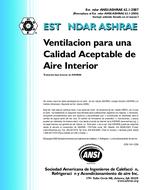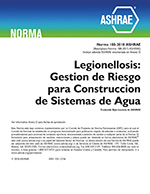Description
Thermal energy storage is used for energy conservation, peak shifting, and power reduction. Underground storage or storage in tanks utilizing the ground or water as storage material is a common solution for this purpose. Especially for cold storage, where the temperature difference between charging and discharging of the storage becomes small, the volume of the storage becomes large. Phase-change materials (PCM) or chemical reactions therefore use the high latent heat. Ice is a common material for this purpose but requires subzero degrees for charging. Waxes or salts are used for situations where temperatures above zero are preferred or required.
Use of low nighttime temperatures for comfort cooling during daytime, off-peak heat from district heating systems during nights or weekends for heating and cooling during the week, and thermal energy storage for decreasing the required power of an absorption chiller are examples where PCM or a chemical reaction is used for thermal energy storage.
Annex 10 and Annex 17 of the Implementing Agreement on Energy Conservation through Energy Storage within the International Energy Agency are concerned with reducing technical, economic, and other market barriers for introduction of phase-change material or chemical reactions for thermal energy storage. Demonstration projects and feasibility studies are the means utilized for this purpose.
Units: SI
Citation: Symposium, ASHRAE Transactions, vol. 109, pt. 1
Product Details
- Published:
- 2003
- Number of Pages:
- 3
- File Size:
- 1 file , 930 KB
- Product Code(s):
- D-16836




